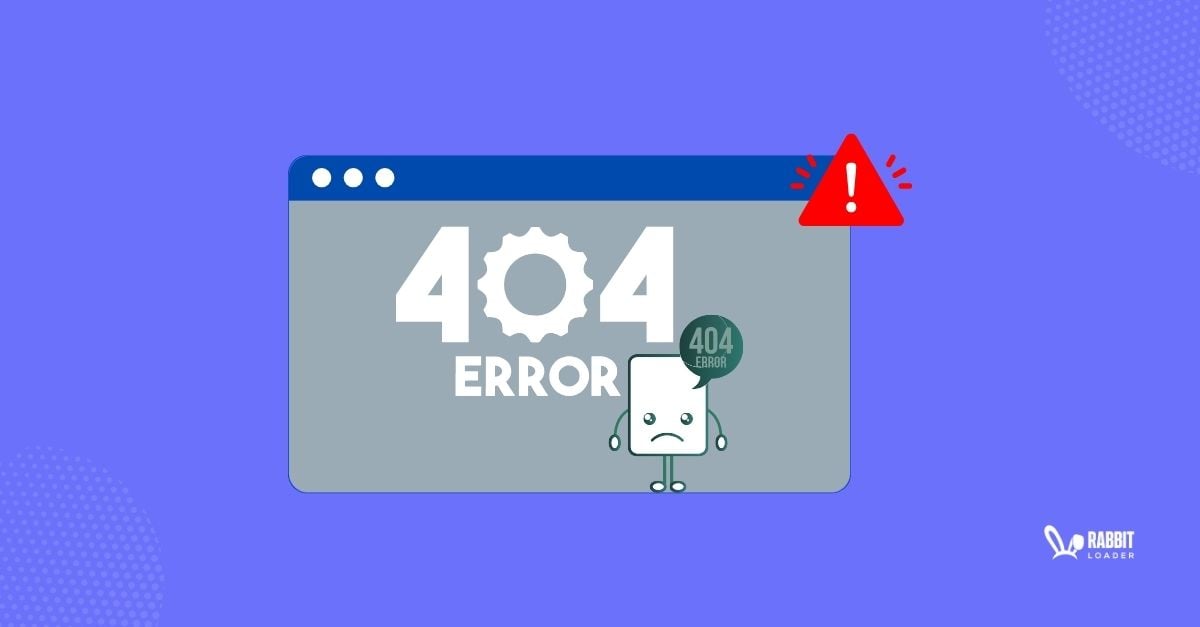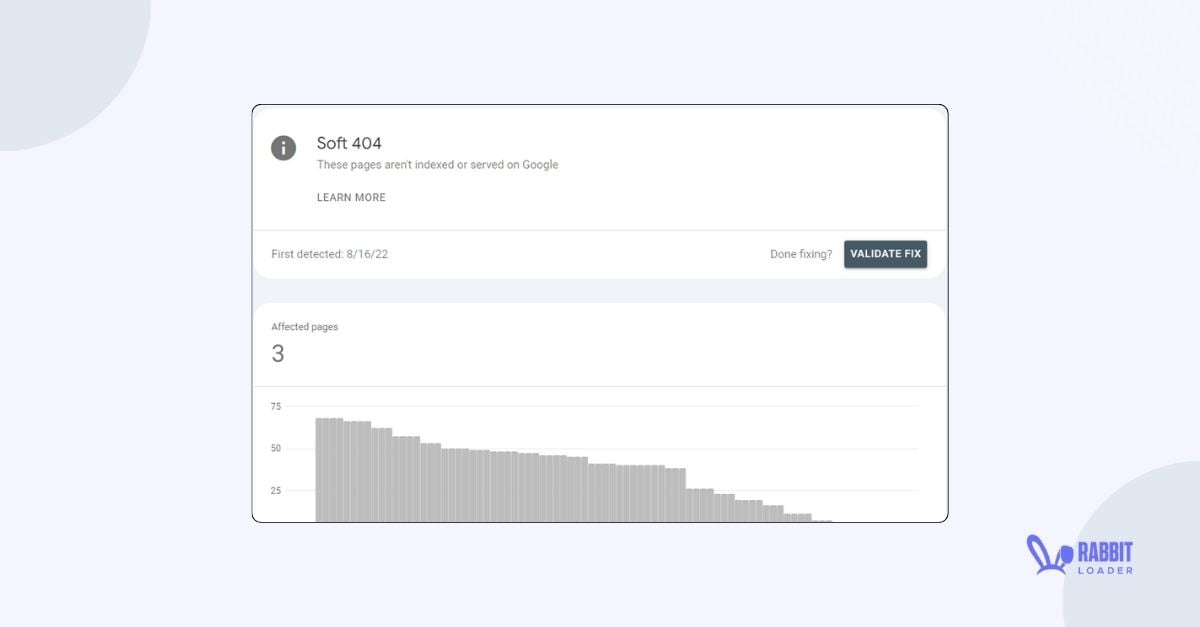Get The Best PageSpeed Score
For Your WordPress Website

Soft 404 Error: The 3 Most Common Causes Of Soft 404 Error and How To Fix it?
A soft 404 error is one of the most confusing HTTP response errors. But what is the soft 404 HTTP response error exactly?
A soft 404 error happens when the web page’s content is available on the server and it sends a 200 OK status, but the browser can’t find the page and expects a 404 error.

Here, we will explore the soft 404 error and the reason behind it in detail. We will also explore a few powerful strategies for fixing this error.
What is a Soft 404 Error?
A soft 404 error is an HTTP response error that occurs when the web page’s content is present in the origin server, and the server sends a 200 OK status, but the web page is missing. This soft 404 error can occur due to:
- The page has no/ thin content or duplicate content.
- You accidentally block the browser from rendering the resource file such as HTML, CSS, and JavaScript
Let’s understand with an example. You are searching for a blog (image optimization) on RabbitLoader. If this blog doesn’t exist in RabbitLoader, it will return a 404 or a Page not found error.
However, if the server sends an HTTP status code 200 OK, even when this error is a soft 404.
It not only the user experience, but it also negatively impacts the crawl budget. A search engine crawler will crawl your non-existing web page, indicating a negative impact on your crawl budget.
Note: The server never sends a soft 404 error to the user’s browser. It is not an official status response.
The Difference Between A 404 Error vs a Soft 404 Error
Many website owners get confused between 404 errors and soft 404 errors. Understanding the difference between these two errors is necessary to clear all confusion. Here, we explore the difference between 404 errors and soft 404 errors.
| 404 error | Soft 404 error | |
| Definition | When a user searches for a web page in any search engine that doesn’t exist, the server will return a 404 error. | A soft 404 occurs when the requested web page is missing but the server sends a 200 status instead of a 404 error. |
| Status code | The server sends a 404 error. | On the other hand, in a soft 404 error, the server sends a “200” status code. |
How Does a Soft 404 Error Affect Your SEO Ranking?
A soft 404 error can negatively affect your website’s user experience by sending a 200 OK status for your non-existent page instead of a 404 page not found error.

Therefore, it would eventually also impact your Search Engine Optimization (SEO) rankings. By sending a 200 OK status for your non-existing web page, the website indicates anyone can access this web page. This may cause a crawl error, which can affect your SEO ranking.
FAQ: What is Crawl Errors?
A crawl error occurs when a search engine tries to access, index, or render your webpage but fails.
A soft 404 error on your website indicates a waste of the crawl budget and leads to reducing the visibility by decreasing your page’s ranking in Search Engine Result Pages.
How Can You Find a Soft 404 Error on Your Website?
You can simply see a soft 404 error in the Google Search Console tool. After opening your Google Search Console, go to the “Pages” and click on the “Soft 404”.

Here you can see, the number of pages that occur the soft 404 errors. After scrolling down, you also can see those page’s URLs.

The alternative way is to find a soft 404 error in Google Analytics tools. After going to the Behavior section in Google Analytics, click on Site Content and then click on All Pages. Then, you can easily find the soft 404 error.
3 Common Causes For Your Soft 404 Error
To fix your soft 404 error, first, you need to know the reasons behind a soft 404 error. Here, we are listing the most common reasons for your soft 404 error.
You are Redirecting your URL to an Unrelated URL:
Another common reason is that if you redirect your URL to an irrelevant URL, Google will show you a soft 404 error.
Note: A Broken link is the main culprit of a “page not found” error on your web page.
You Accidentally Blocked the Browser from Rendering Your Content:
HTML, CSS stylesheets, and Javascript files are the fundamental resources of your webpage. These three fundamental resources help you to render your web page’s content in the user’s browser.
Get The Best PageSpeed Score
For Your WordPress Website
However, if you accidentally block the browser from accessing these files, your web page will receive a soft 404 error.
Your Web Page Has Thin Content Or No Content Or Duplicate Content:
Having a web page with thin content, no content or duplicate content is one of the most common reasons for triggering a soft 404 error on your web page. Although the server response is 200 OK, Google expects a 404 not found error when your web page has thin content or no content.
How To Fix A Soft 404 Error?
Fixing a soft 404 error is considered a part of Technical SEO. Thus, fixing a soft 404 error on your website is essential to boost your user experience and SEO rankings. Let’s explore the best strategies to fix this error.
- Set a custom 404 page not found error or 410 error for your invalid or non-existent web page to avoid soft 404s error:
If you delete any webpage, you must set up a 404 error message (page not found error) or 410 error(content deleted) so your website visitors can see the correct error in their web browser.

- Revise your web page content to fix your soft 404 pages:
If the web page exists but still a soft 404 error is encountered, it indicates that Google considers your webpage content to be thin. To prevent this soft 404 error, add more solid and relevant content to your web page.
Conclusion
You don’t need to panic if you see a soft 404s error. We have explored the best strategies to fix this soft 404 error here. You must implement these strategies to improve your Search Engine Optimization (SEO) rankings.